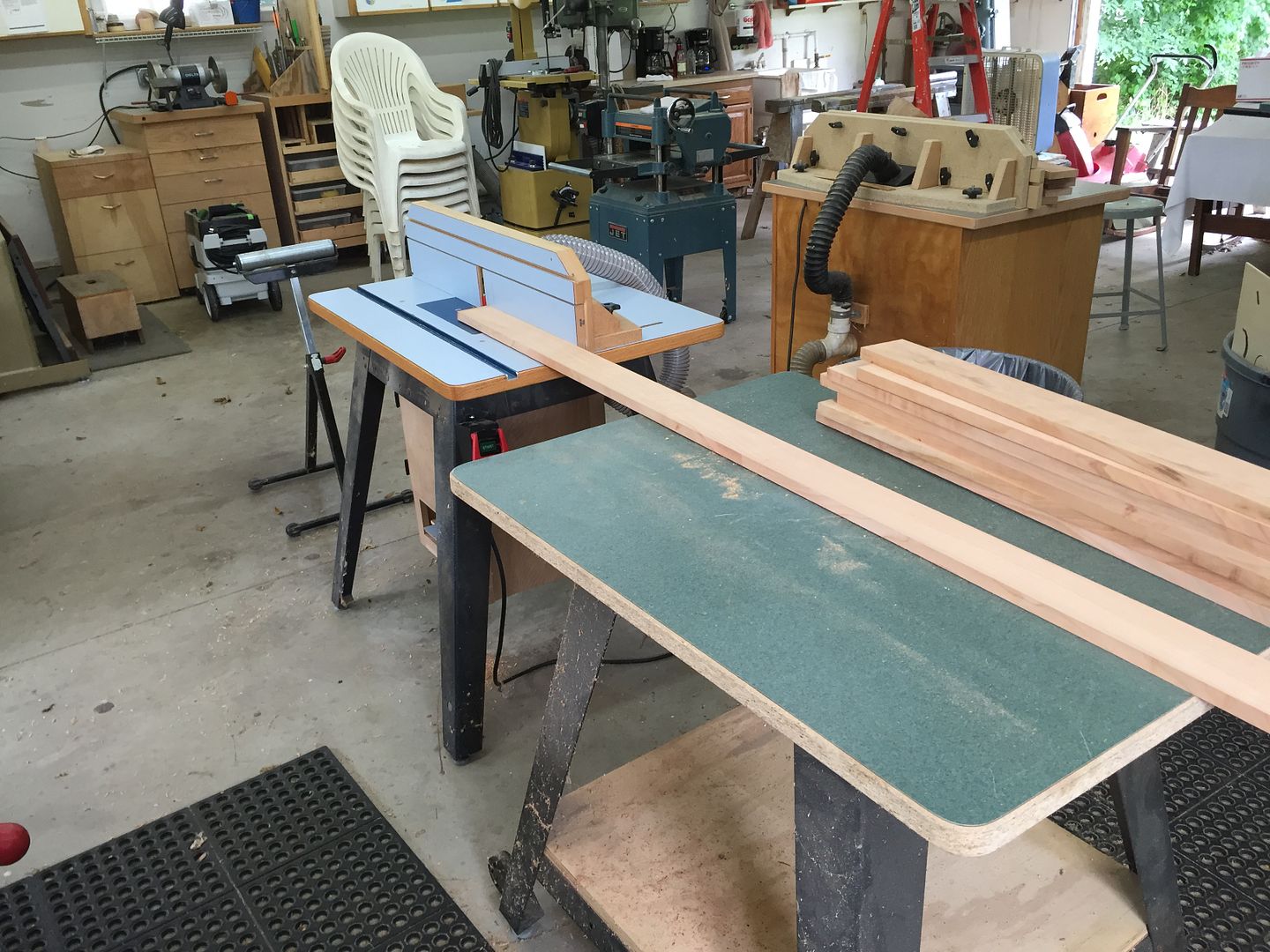I build lots of farm tables and one of my biggest obstacles is getting good glue joints. All these tables are from 8' to 10' and 4' wide. I currently cut boards to rough length, plane both faces, joint 1 edge on my ridged 6", and then rip to width. It's very hard to joint 8/4 boards that are 8'+ on that little jointer. My question is....do I purchase a 8" long bed jointer or a track saw?




 Reply With Quote
Reply With Quote






 . In the absence of both, the router and straight edge came to mind.
. In the absence of both, the router and straight edge came to mind.


